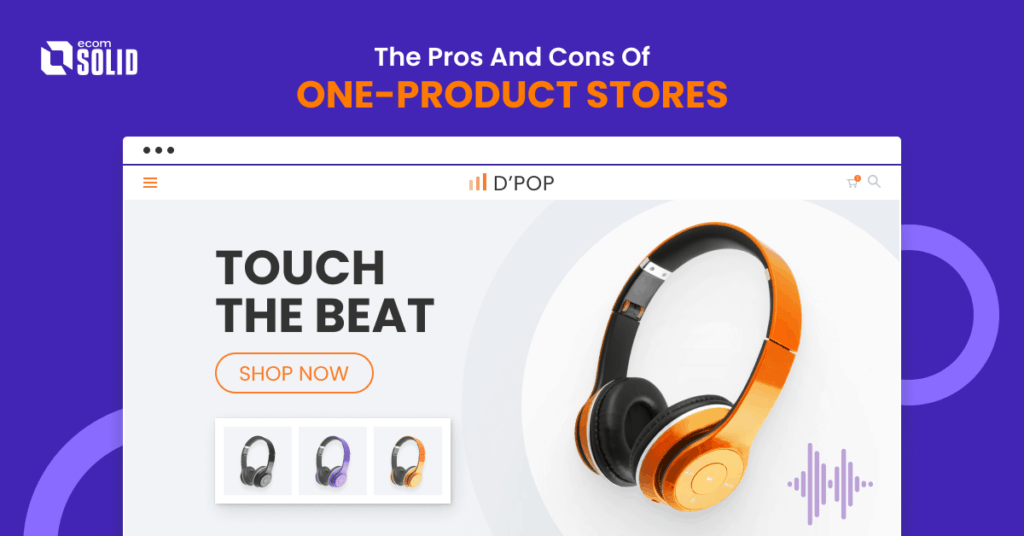
In April 2014, with the ambition of reinventing the whole sleep industry, Casper launched a store with one single product – a mattress. The concept was simple: produce the best mattress possible, sell a single model, deliver it quickly, with a 100-day trial period. And it worked: It had sales of $1 million in its first month. After 2 years, this company has raised $70 million in venture capital, grown to 120 employees, and hit $100 million in cumulative sales.
This is only one of the most popular examples of being successful with a one-product store. Sometimes, you don’t need such a huge product selection to be successful, you can conquer the market with only one good idea.
But every coin has two sides, one-product store (or single product store) isn’t for everyone. Trying to determine if a one-product store model is right for you? Let’s look at the pros and some challenges you will face when choosing this model.
What is a one-product store?
The term “one-product store” is fairly self-explanatory. It stands for a store that is dedicated to selling only one single product. And this type of online store is more popular than you expect.
Here are some examples for you:
- Snooz: Snooz sells a portable white noise machine called SNOOZ to help people fall asleep and remain asleep with the sound of a fan.
- Palmpress: This one product store gives the customer the unique experience of making their coffee using the one-cup coffee press.
- Wurkin Stiffs: This brand focuses on selling the magnetic collar that quickly converts a shirt into a “Hidden-Button-Down” collar. They also have lots of variations and accessories for their signature product to help customers find those suitable for their needs.
- Truff Hot Sauce: Truff is a one-product store focusing on a variety of truffle oil-infused hot sauces for customers to choose from.
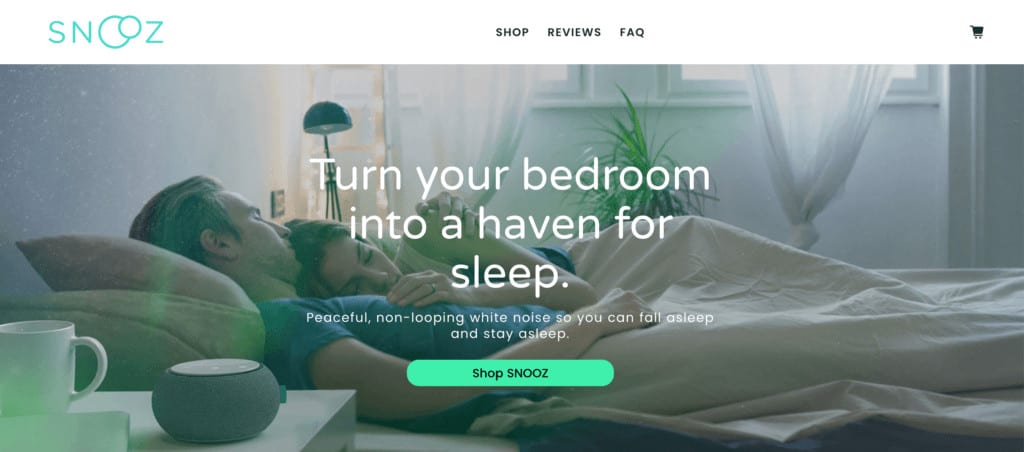
The pros of a one-product store
The traditional way of a dropshipping store is selling multiple products and see which ones will be lucky enough to capture visitors’ attention and make them purchase. With one product store, you can be very straightforward with what you offer. This straightforwardness brings you lots of strong benefits:
Better Focus
With only one product in your store, you don’t need to spend days and weeks polishing the item description and product images, figuring out the perfect price, and monitoring competitors’ offers. There is only one product to take care of, which is why you can target all your energy and resources at it freely. This not only reduces your workload but also gives you the opportunity to make everything better in quality.
For example, without the distractions of building, managing about 10 pages for the whole store, you can invest more time and effort to optimize your homepage (landing page), product page (optional) and cart page. There are already a few themes on Shopify customized for one-product stores such as Startup; Debut, and the newest templates of EcomSolid. Using these themes, even if you know nothing about coding, you can still build your own page very quickly and easily.
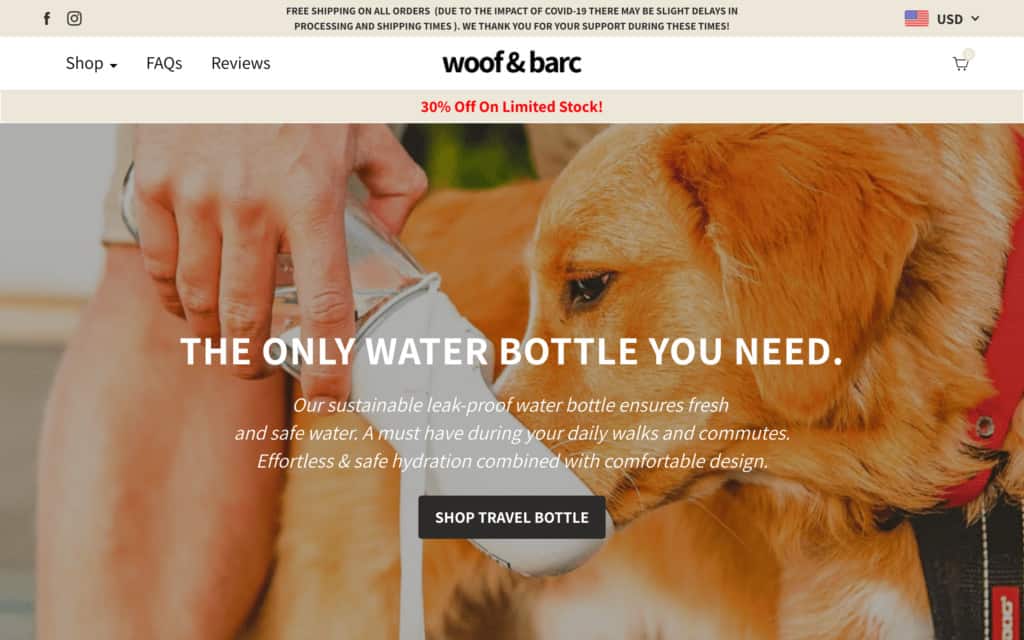
Optimize marketing budget
To get good results from a general store, you need to test everything. You may have to recreate content, change text and colors for your ads, focusing on different pain points to find out what kind of product shots work the best and which type of content your customers like. All of these tasks take an enormous amount of work. Doing this for multiple products at the same time is close to impossible unless you have a professional dropshipping team.
With a one-product store, your product is determined, you just have to utilize 100% of your marketing budget on testing the right audience and customer persona which will definitely give you an upper hand. Moreover, with a single product, you can regularly improve your product, change the tone of voice of your content,…to always fully cater to the current customer needs.
Easy to operate, easy to advertise, it is feasible to build and manage a one-product store all by yourself.
High conversion rate
In the famous jam study conducted by Professor Sheena Lyengar, when 24 flavors of jam were available, only 3% of those who tasted the samples went on to purchase the jam. However, when there were only six options available, 30% purchased at least one jar of jam. Too many choices can overwhelm your customers to the point where they choose nothing at all.
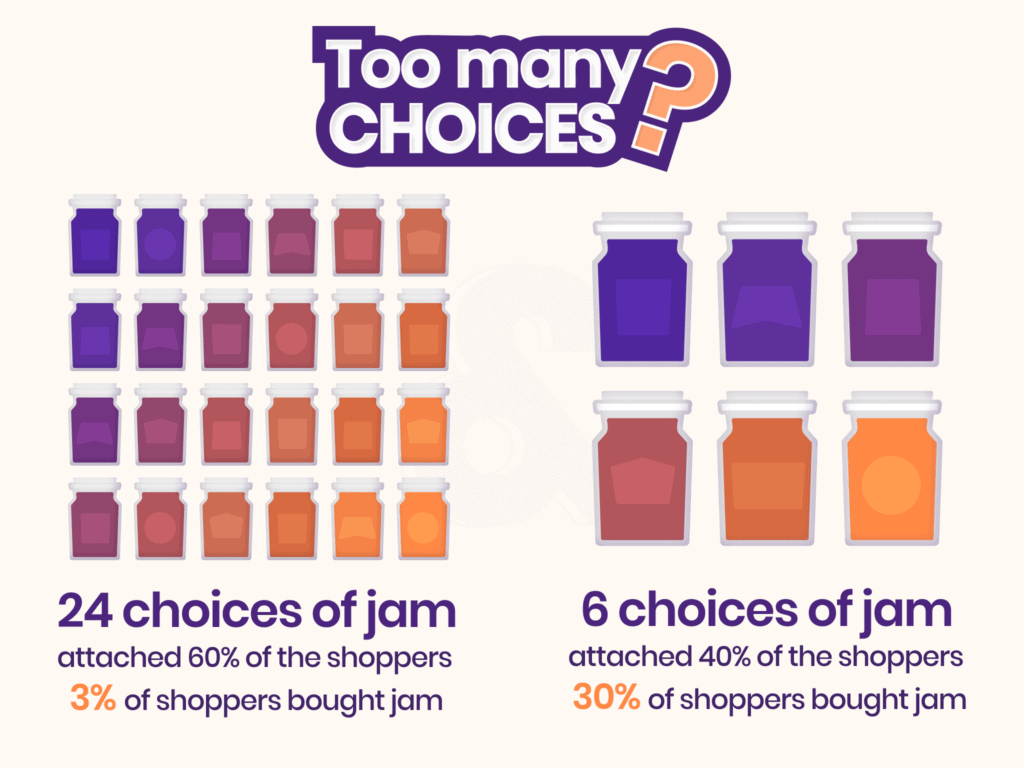
Therefore, when it comes to conversion rate optimization, the casual cliché “Less is more” is always true. Fewer distractions, fewer links, and ultimately fewer choices equal higher conversion rates, more leads, and more money. With a one-product store, your conversion rate may be higher because buyers won’t be distracted by too many options.
Private Label Potential
With a general store, it’s hard to build an outstanding store. If you sell all sorts of products, it looks like you’re just one of the million dropshipping shops out there.
With a one-product store, all the money you use on Facebook ads or Google ads will eventually be used to build your brand. People can easily remember your store and what you offer. Moreover, knowing everything about your product, its benefits, and areas of use, you can confidently publish informative articles in your blog, run social media accounts that spread valuable insights, and contribute to industry-related forums, platforms, etc. At the end of the day, people will think of you as an expert in the field. For example, when someone needs a qualified mattress, they automatically think of Casper.
The cons of a one-product store
But of course, a single-product store is not for all business owners. There are certain drawbacks to this type of online shop, which you should be aware of before you jump into creating your one-product Shopify store.
More pressure
Success in eCommerce basically comes down to choosing the right product and marketing it. You’re not going to make any money if you never get the right product out to the right people. With only one product to sell, you are counting all on this one product. That’s quite a big pressure you need to deal with.
Heavy research
Before starting a one-product store, you will have to do in-depth market research on the product and why people buy it. If you have ever run a general dropshipping store, you can rely on your data, insight, and previous customers to research and choose the product with the highest success rate. If you are completely new in this area, it will be a bit more difficult. Our suggestion is choosing a niche with a high search volume, list out some potential products in this niche, and then conduct some in-depth interviews or some test to find out which one works the best.
Learn more:
What to Sell on Valentine’s Day in 2023?
10 Creative International Women’s Day Campaign Ideas
12 Best Mother’s Day Marketing Ideas For Your Online Store
You can also take a look at Product Mafia site or search Oberlo marketplace, there you can find many valuable insights about what people are selling all over the world.
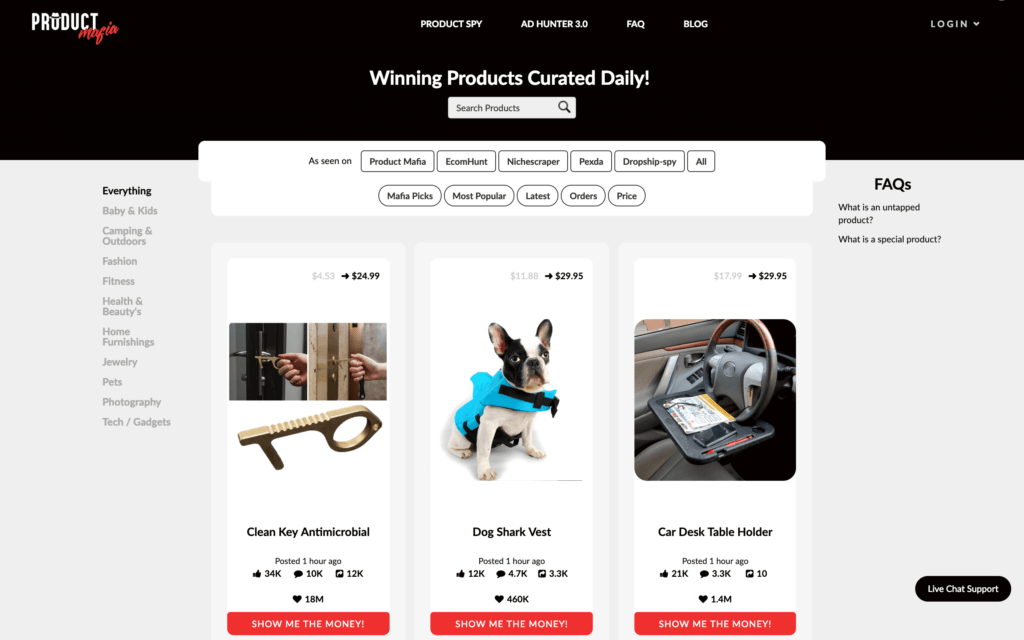
No cross-selling
When you only have one product, you can’t multiply your revenue by cross-selling complementary products to your already-existing customer base. However, you can still fix this problem by working with business partners with other complementary products.
Conclusion
The truth is, there’s no absolute answer to which model works best. The decision on having a single product or multiple products to sell depends on your current situation, your skills, and your goals. But as an insider, we believe that one-product store is the future of e-commerce as general stores will soon reach the saturation point.
Therefore, if you are confident about your product, if you already have valuable insights from your previous general store, go ahead and create your single product store.
Also, read more about what to pay attention to when building one-product stores.
Learn more:
Shopify Tutorial: Set Up Your Store from Scratch to Finish (2023)
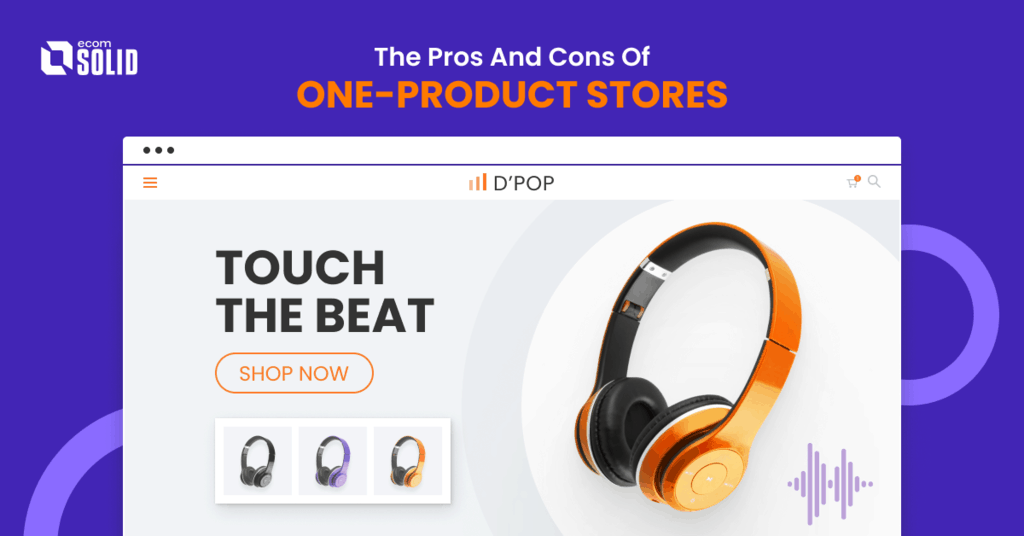
4 replies on “The 4 Pros and Cons of One-Product Stores”
This was very helpful information. I sell several products on my online store. However, I decided to test a strategy out of just marketing a single product. If sales go well, the revenue can offset marketing expenses for my other line of products.
Hi Azu! It’s great to hear that this article is helpful to you. Yeah! You can test a single product first & invest in the others then.
How interesting that you can be successful with a one-product store! I am starting a new retail business this winter. I will find a good retail product storage unit as well to help.
That is best information I was needed getting successful business with one product